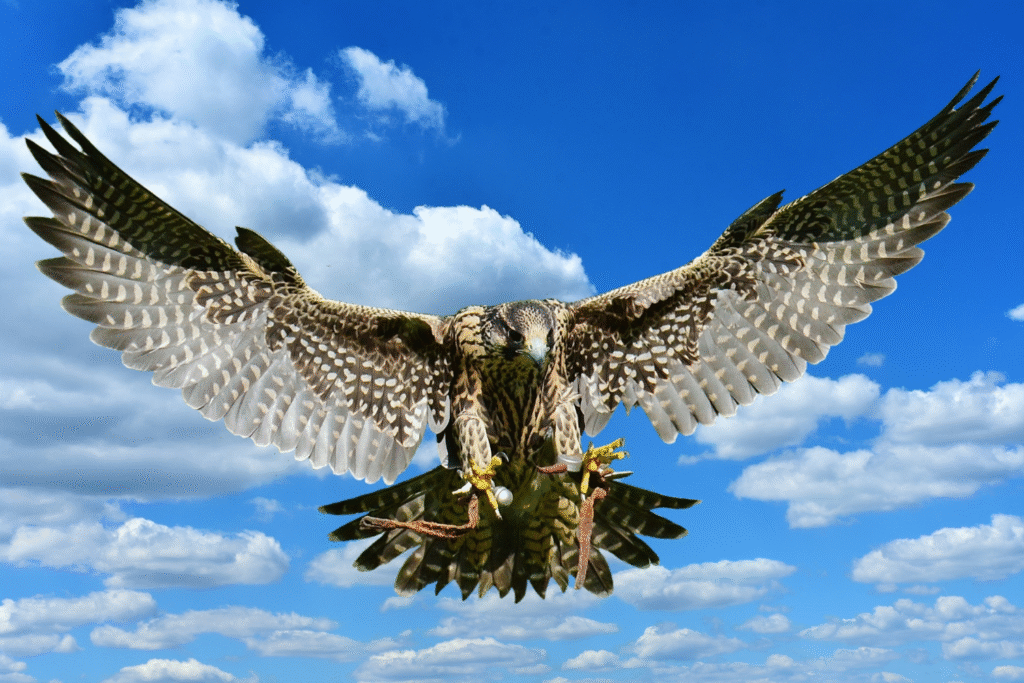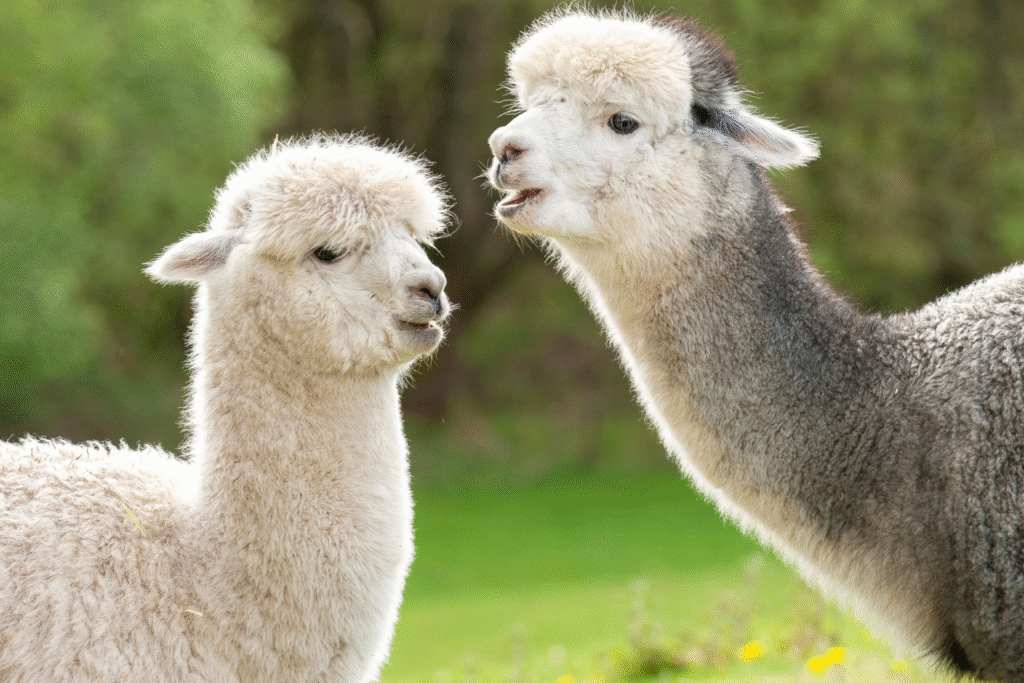Scientists are still scratching their heads over this surprisingly common canine mystery.

Picture this: you’re walking your dog through the park when suddenly they stop, lower their head, and start munching on grass like it’s the most delicious thing they’ve ever tasted. Your first thought might be panic, wondering if they’re sick or missing something crucial from their diet. But here’s what researchers have discovered about dogs and their green obsession – it’s way more normal than you’d expect, though the exact reasons remain fascinatingly unclear. Studies show that most dogs have turned grass-eating into an art form, and while scientists have solid theories, the complete picture is still emerging.




